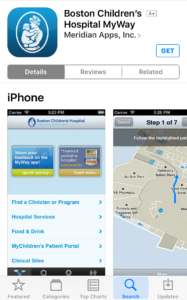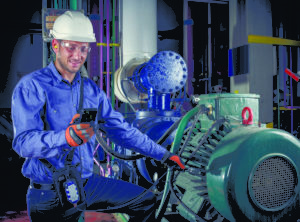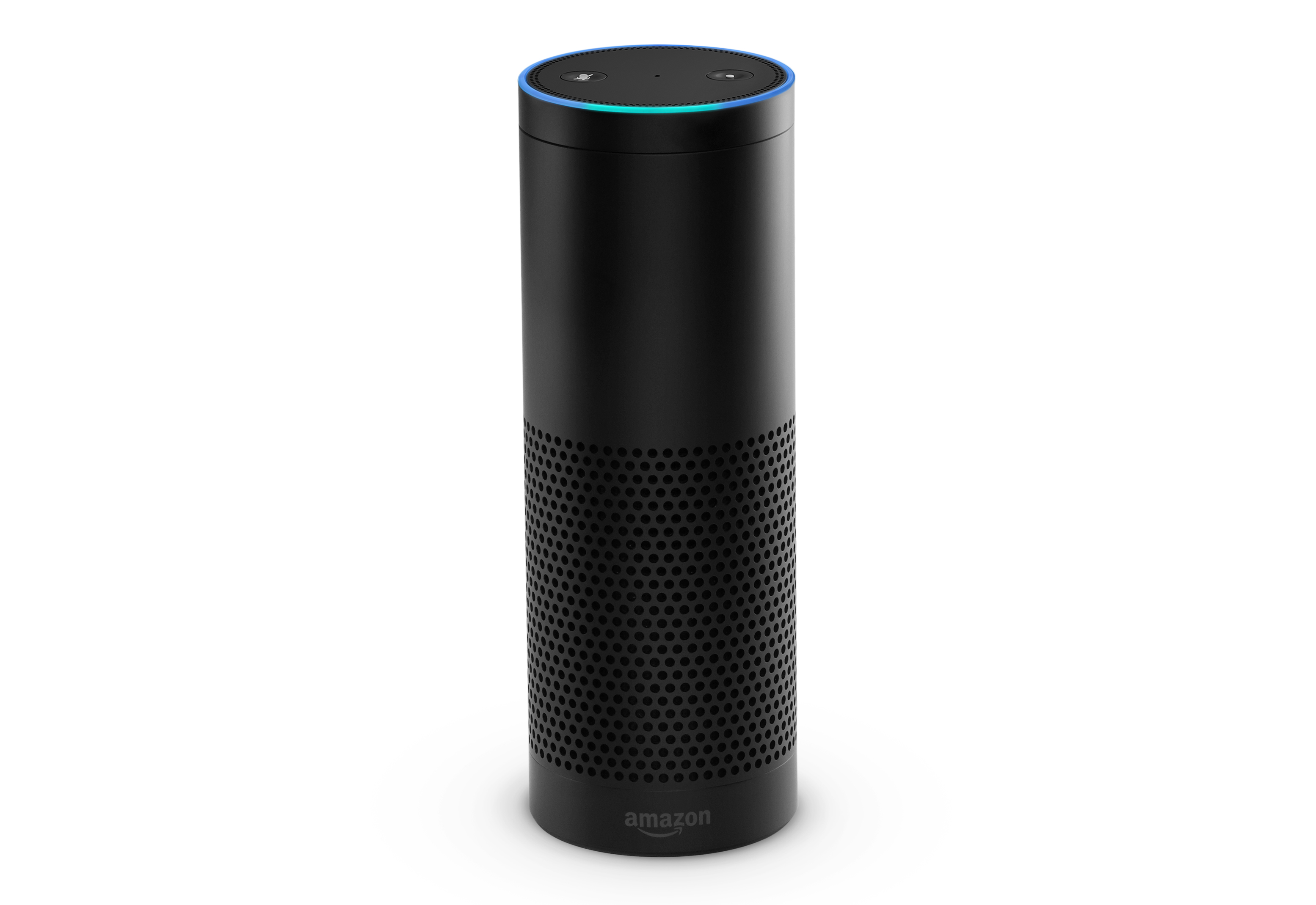I love it when manufacturers stop selling things — and their revenues soar!
That’s one of the things I’ll cover on May 2nd in”Define Your Breakout IoT” strategy, (sign-up) a  webinar I’m doing with Mendix. I’ll outline an incremental approach to the IoT in which you can make some early, tentative steps (such as implementing Augury’s hand-held vibration sensor as a way to start predictive maintenance) and then, as you gain experience and increase savings and efficiency, plow the savings back into more dramatic transformation.
webinar I’m doing with Mendix. I’ll outline an incremental approach to the IoT in which you can make some early, tentative steps (such as implementing Augury’s hand-held vibration sensor as a way to start predictive maintenance) and then, as you gain experience and increase savings and efficiency, plow the savings back into more dramatic transformation.
One example of the latter that I’ll detail in the webinar is one of my four “Essential Truths” of the IoT: rethink products. By that I meant not only reinventing products to be smart (especially by building in sensors so they can report their real-time status 24/7), but, having done that, exploring new ways to market them. Or, as one graphic I’ll use in the presentation puts it, in mangled biz-speak, “servitization.”

Hortilux bulbs
Most of the examples I’ve written about in that regard have been from major businesses, such as GE and Rolls-Royce jet turbines, that are now leased as services (with the price determined by thrust generated), but Mendix has a smaller, niche client that also successfully made the conversion: Hortilux, a manufacturer of grow lights for greenhouses.
The Hortilux decided to differentiate itself in an increasingly competitive grow light market by evolving from simply selling bulbs to instead providing a comprehensive continuing service that helps its customers optimize availability and lifetime of grow light systems, while cut energy cost.
Using Mendix tools, they created Hortisensehttp://www.hortidaily.com/article/31774/Hortilux-launches-Hortisense-software-suite, a digital platform that monitors and safeguards various grow light processes in the greenhouse using sensors and PLCs. Software applications interpret the data and present valuable information to the grower anytime, anywhere, and on any device.
With Mendix, Hortilux created an application to collect sensor data on light, temperature, soil, weather and more. Now users can optimize plants’ photosynthesis, energy consumption, and greenhouse maintenance. Most ambitiously, it provides comprehensive “crop yield management:”
- Digital cultivation schedule
- Light strategies based on plant physiology and life cycle
- Automatic light adjustment based on predictive analytics (e.g. weather forecast, energy prices, produce prices)
The app even allows predictive maintenance, predicting bulbs’ life expectancy and notifying maintenance to replace them in time to avoid disruptions in operations.
In the days when we suffered from what I call “Collective Blindness,” when we lacked the tools to “see” inside products to m0nitor and perhaps fix them based on real-time operating data, it made sense to sell products and provide hit-or-miss maintenance when they broke down.
Now that we can monitor them 24/7 and get early enough warning to instead provide predictive maintenance, it makes equal sense to switching to marketing them as services, with mutual benefits including:
- increased customer satisfaction because of less down-time
- new revenues from selling customers services based on availability of the real-time data, which in turn allows them more operating precision
- increased customer loyalty, because the customer is less likely to actually go on the open market and buy a competing product
- the opportunity to improve operations through software upgrades to the product.
Servitization: ugly word, but smart strategy. Hope you’ll join us on the 2nd!





